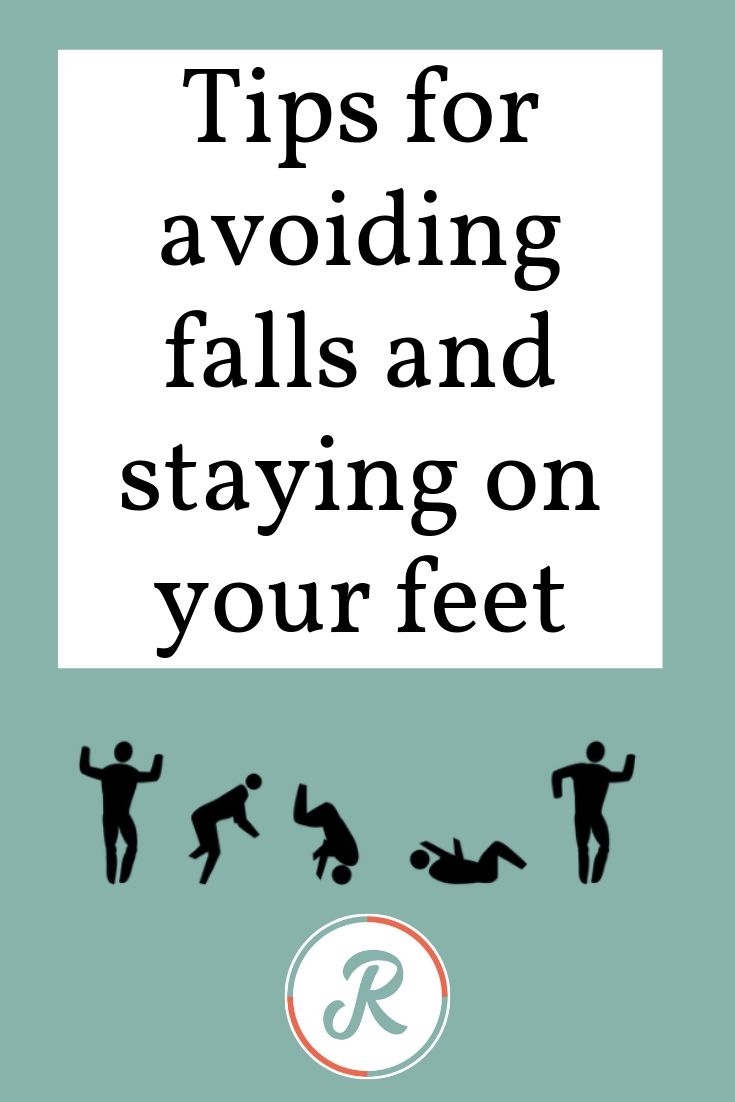As we age the risk of falls increases and each fall decreases our confidence and may also seriously impact our mobility. Read our tips for preventing falls.
Keeping active and strong is key for fall prevention
Just like with every other aspect of ageing, keeping active and strong is essential to maintaining your independence. Working on your strength, balance and reflexes will contribute greatly to your ability to stay upright and indeed to assist yourself and to recover should you actually fall. Upper body strength can be critical should you have a fall and need to pull yourself up or across the floor to a telephone.
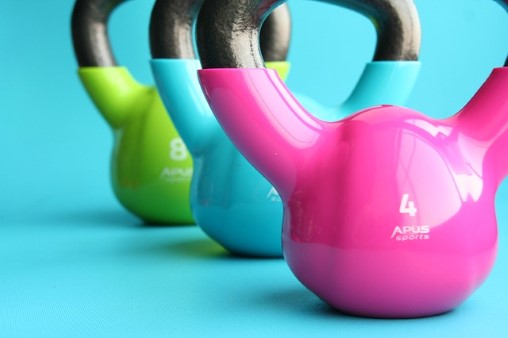
Following an exercise program which includes strength training, core strength and specific balance exercises is important to your ongoing independence. In some locations specific Steady Steps programs are available and in others you might find the Older and Bolder programs. Of course a regular gym program or other exercises such as Pilates can all contribute to minimising loss of balance. As always check with your doctor before starting a new exercise regime.
Not sure where to start with exercising, read this post on exercise after 50.
Be aware of general health issues that can lead to loss of balance
As well as following a strength and balance training program, it is important to keep on top of your general health and any medications you may be taking. These may impact your confidence which can lead to your reducing your activity. That is in every sense a slippery slope. If something is wrong get it addressed quickly, don’t tell yourself you will “wait and see what happens’, what happens is most likely that the situation will worsen.
Get a general health check done and talk to your doctor about your medications. Make sure you know what each of them is for and whether or not you still need to take them. Ask for a thorough review.
If you have lost confidence, ask specifically about this, and find out what programs might be available to assist you in regaining confidence.
Your fall prevention checklist should include taking care of your feet
Can you balance on one foot for 60 seconds? I’m not sure I can but I am working on it. Having my feet in good condition is part of my ongoing health care and should be part of yours too.
An annual visit to a podiatrist is so important for keeping your feet in their best shape. After all, that’s what you are standing on. Ask for specific exercises to help strengthen your feet.
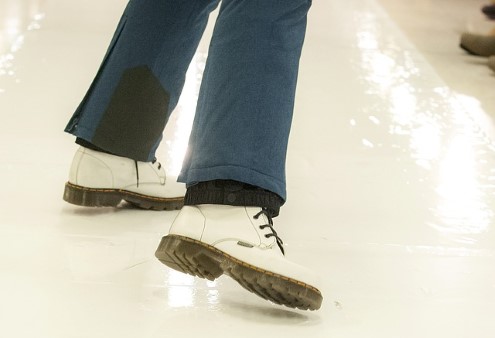
Making sure your feet aren’t painful, that they maintain flexibility, and that they are well supported by your shoes are all key to your mobility and balance. Your shoes need to stay on your feet (I know that sounds obvious but I am amazed at how many older women I see wearing thongs or scuffs – so easy to fall out of or off)
If you have been reading this blog for a while you will know that I am a fan of FRANKiE4 Footwear. That’s because the podiatrist designed range offers both style and functionality. Some of my favourites when out and about are from their sneakers range and I have found them to be well worth the investment. They include the Custom Fit package of inserts but these can also be removed to allow your own orthotics to be used.
Good vision is a key issue in fall prevention
Have you had your eyes checked recently? Is your prescription up to date? Do your glasses fit you properly or do they move around on your face? Are your lenses clean and unscratched?
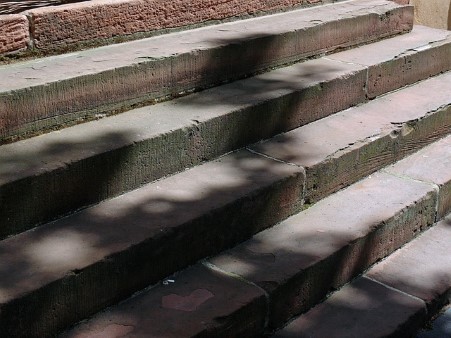
If you wear multi-focals or bi-focals take care on stairs as the movement between the focal levels can distort your perception of the stair width and depth.
Your fall prevention checklist should include a review of your home environment
How safe is your home? Is it full of trip hazards like loose rugs? Are your floors covered in clutter – piles of newspapers etc. Do pets get under your feet? Do you have extension cords trailing across the floor? Is your furniture unstable, particularly chairs? Is the lighting adequate, especially where you need to navigate steps? Are your chairs, sofas, toilet seats an adequate height for you to safely sit on and stand up from? Are footpaths even?
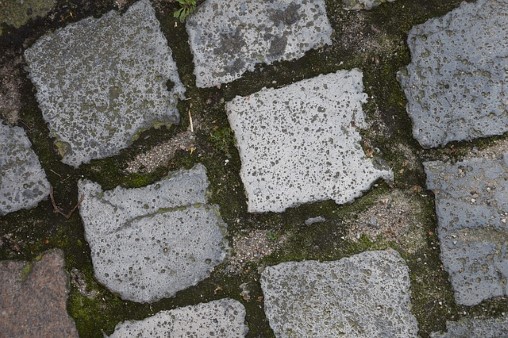
Also, should the worst happen and you had a fall when home alone, would you be able to get yourself up? Would you be able to attract attention either by shouting, getting to your phone etc. Do you need to break a window to create attention? Check each room in your home, tidy up if needs be, and determine a strategy in case you have a fall. Is there room for you to safely move around?
Why am I writing about loss of balance?
You may recall Rowan wrote a post about personal space, in which he talked, amongst other things, about my falling over twice on our trip to Paris in 2017. Subsequently I realised that my balance was something I really needed to work on and I have been doing so. I have taken up strength training and begun Pilates. I am also working on getting my feet in better order and I am about to get my eyesight checked as well. This is a subject close to my heart and I hope this post helps you with your own fall prevention, or that of older relatives. You might also like to check your State Government’s resources on staying healthy, there are terrific resource for Queenslanders here .
If like me you have joint damage you might be interested in these biomagnetic products.
Disclaimer : This is general advice only, based on our personal experience. It is imperative you get specific health advice from your medical professionals.
Have you had a fall in recent times, or do you have a relative who has? What were the factors in that situation? Are you up to date with all your health checks and are you taking steps to maintain your strength and balance? Have you done an audit of your home and its surrounds?

